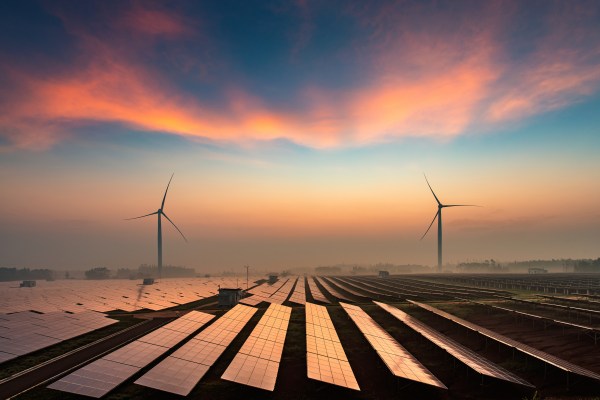Data centers have become integral to modern business and, by extension, to modern life. For data centers to continue to succeed, however, they have to operate on a sustainable footing. With that in mind, here is a quick guide to what you need to know about the continued rise of sustainable data centers.
Understanding data centers
A data center is a facility that houses networked computers, servers, and storage systems, along with associated components, such as networking equipment and security devices. Its primary function is to store, process, and distribute large amounts of data for various purposes, including computing tasks, data storage, and network operations.
The environmental impact of data centers
The three main environmental challenges of data centers are energy, water, and waste. Of these, energy is generally the most significant. This is because it is integral to just about every aspect of data center operations.
As a result, improving energy efficiency is generally seen as key to developing sustainable data centers. With that said, moving to clean energy, water conservation, and waste reduction are also important.
The move towards sustainable data centers
The entire data center industry is behind the move to develop more sustainable data centers. What improving sustainability means in practice, however, often depends on the specific data center.
For example, a data center’s age, size, and location are all likely to influence what measures can be implemented and when. With that said, here is an overview of some of the key steps many data center managers are taking to make their data centers more sustainable.
Improving energy efficiency
Many of the steps data center managers can take to improve energy efficiency are the same as for any other type of building. For example, swapping out traditional bulbs for LED ones (preferably smart ones) will improve the energy efficiency of any facility. There are, however, two measures with particular relevance to data centers. These are energy-efficient hardware and energy-efficient cooling.
Energy-efficient hardware
Data center facilities hold electrical equipment, often in vast quantities. The more energy-efficient this equipment is, the more energy-efficient the data center will be. Furthermore, the more energy-efficient hardware is, the less heat it typically generates as it operates. This means that it needs less cooling, which makes the data center even more energy-efficient.
Energy-efficient climate control
In the context of data centers, for practical purposes, climate control essentially means cooling. This is arguably the area in which the greatest improvements have been made (and continue to be made), probably because it is the area that has received the most attention.
Sustainable data centers are now taking a layered approach to cooling. This starts with leveraging as much passive and ambient cooling as possible. Mechanical cooling is used as the next step. It is also applied as granularly as possible. This ensures that each part of the data center receives the minimum amount of cooling it needs to maintain optimum operating temperatures.
Furthermore, data centers are now swapping out traditional cooling systems for advanced cooling systems that are massively more energy efficient. This has significantly improved their sustainability.
Using more renewable energy
There are two main ways that data centers can increase their use of renewable energy. The first is to generate energy on-site from renewable sources. This offers two important benefits in addition to sustainability. Firstly, it reduces a data center’s dependence on grid power. Secondly, it can help to reduce operating costs.
Unfortunately, the viability of this option is largely determined by a data center’s location. Moreover, even when it is possible, it may not be possible to produce enough energy to power the data center completely.
Fortunately, the second option addresses both of these issues. This is for data center managers to buy their energy from vendors who prioritize the use of renewable sources. The options for this are continually increasing.
Reducing water use
Most of the water consumption in data centers is for cooling. To improve sustainability, traditional water-based cooling methods, such as water-based cooling towers, are being replaced or supplemented with more water-efficient alternatives. Moreover, data centers are implementing water recycling and reclamation systems to reduce their reliance on freshwater sources.
Minimizing waste
Sustainable data centers follow the principle of “reduce, reuse, recycle”. For example, they leverage virtualization to reduce their need for hardware. They aim to maximize the lifespan of the hardware they do use by repurposing it as much as possible. This may involve them selling or donating equipment that they can no longer use, possibly refurbishing it first.
When equipment is truly past its useful life, they decommission it as mindfully as possible. In particular, they recover (or ensure the recovery of) any components that could be recycled.







